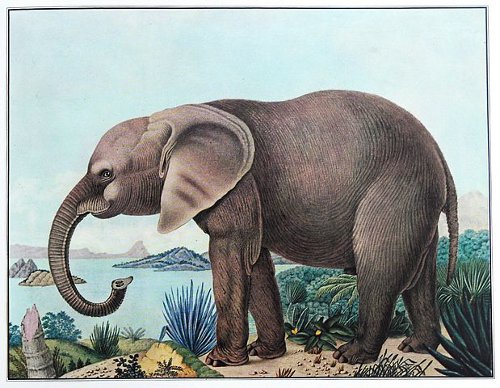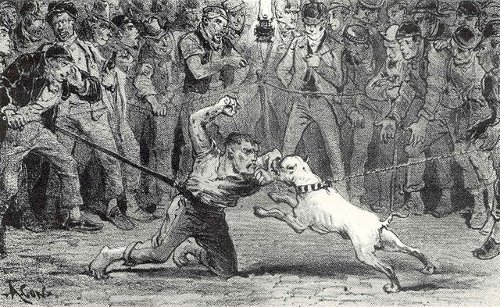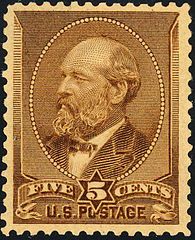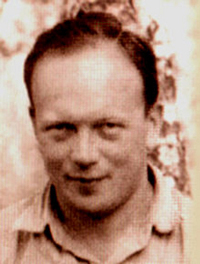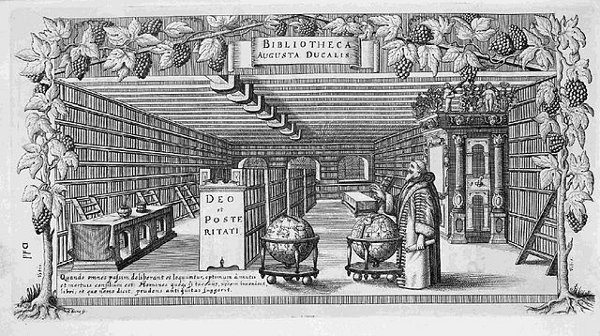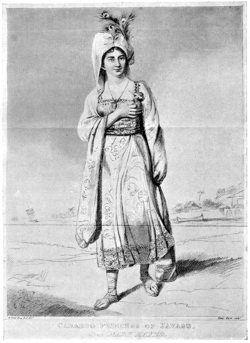Miscellaneous Notes and Queries published a surprising find in November 1897: “a letter written by Our Blessed Lord and Saviour Jesus Christ, found under a great stone sixty-five years after his crucifixion.” The stone, “both round and large” and engraved Blessed is he that shall turn me over, had been found “eighteen miles from Iconium, near a village called Mesopotamia.” “There came a little child, about six or seven years old, and turned it over without help, to the admiration of all the people that stood by, and under this stone was found a letter written by Jesus Christ … signed by the Angel Gabriel, ninety-eight years after our Saviour’s birth”:
Whosoever worketh on the Sabbath Day, shall be Cursed; I Command you to go to Church, and keep the Lord’s Day holy, without doing any Manner of Work. You shall not idly mispend your Time in bedecking yourselves with superfluities of costly Apparel, and vain Dresses, for I have ordained it a Day of Rest. I will have that day kept holy, that your Sins may be forgiven you; you shall not break my Commandments, but observe and keep them, written with my own Hand, write them in your Hearts, and steadfastly observe, this was written with my own Hand, spoken by my own Mouth. You shall not only go to Church yourselves, but also your Man-Servants and your Maid-Servants, and observe my words and learn my Commandments; you shall finish your Labour every Saturday in the Afternoon by six of the Clock, at which Hour the Preparation for the Sabbath begins. I advise you to fast five Fridays in every Year, beginning with Good-Friday, and to continue the four Fridays immediately following, in Remembrance of the five bloody Wounds I received for all Mankind; you shall diligently and peaceably labour in your respective Vocations wherein it hath pleased God to call you. You shall love one another with brotherly Love, and cause them that are not baptized to come to Church and hear the holy Sacrament, viz. Baptism and the Lord’s Supper, and be made Members thereof; in so doing I shall give you long Life and many blessings, and your Land shall replenish and bring forth Abundance; I will bring you many Blessings, and comfort you in the greatest Temptations, and surely he that doth to the contrary, shall be cursed and unprofitable. I will also send Hardness of Heart upon them, till I have destroyed them, but especially upon hardened and impenitent Unbelievers; he that hath given to the Poor, he shall not be unprofitable. Remember to keep holy the Sabbath-Day, for the seventh Day I have taken to rest myself.
It’s unfortunate that the Saviour had hidden his letter under a stone, as he was particularly eager that it be shared among the faithful:
He that hath a Copy of this Letter written with my own Hand, and spoken with my own Mouth, and keepeth it, without publishing it to others shall not prosper, but he that publisheth it to others, shall be blessed of me, and tho’ his Sins be in Number as the Stars in the Sky, and he believe in this shall be pardoned, and if he believe not this Writing and my Commandments, I will send my Plagues upon him, and consume both him and his Children and his Cattle; and whosoever shall have a Copy of this Letter written with my own Hand, and keep it in their Houses, nothing shall hurt them, neither Pestilence, Lightning nor Thunder shall do them any Hurt: and if a Woman be with Child and in Labour, and a Copy of this Letter be about her, and she firmly put her Trust in me, she shall safely be delivered of her Birth. You shall have no News of me, but by the Holy Spirit, till the Day of Judgment. All Goodness and Prosperity shall be in the House where a Copy of this Letter shall be found.
The editors note that the letter had originally been printed in London, and was later reprinted and sold in Boston “by I. Thomas, near the Mill-Bridge.” They offered it “as a curiosity,” noting that “it bears on its face a fraud.”
